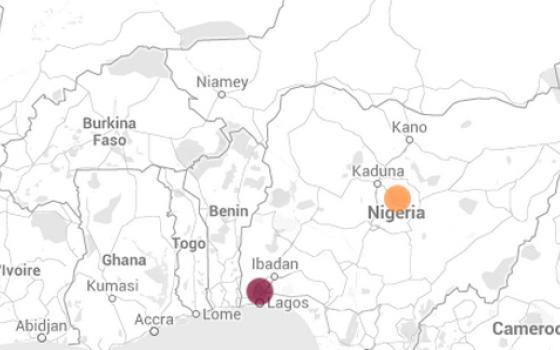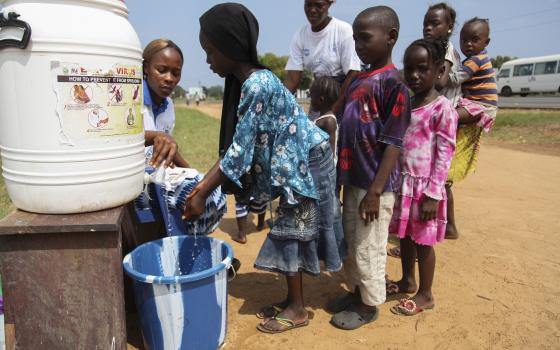The Ebola outbreak that began in March is the deadliest in recorded history. As of early August, more than 900 people had died in four countries – Sierra Leone, Guinea, Liberia and Nigeria – and on August 8, the World Health Organization declared the epidemic a global emergency and an “extraordinary event.”
Yet, despite increased news coverage, many people are still confused about the basics of the disease. How do you catch it? Is there a cure? Is it really as bad as it looks?
Below, we’ve compiled three key stats for you to use or share:
- Ebola is not highly contagious. First, it can only be transmitted through direct contact with the bodily fluids of an infected person. Second, the virus has a two- to three-week generation time, meaning that it takes at least two weeks for one person to infect another. In comparison, the flu is highly contagious because its generation time is 2 to 4 days, so it spreads rapidly. Influenza is also airborne.
- However, the Ebola virus is highly lethal. Left untreated, it can have a 90 percent mortality rate. Pneumonia, on the other hand, even in the most severe cases, has a mortality rate of 10 percent.
- The number of cures for Ebola? Zero. The virus is incurable, though doctors can treat specific symptoms of the disease. That being said, it is possible to survive an Ebola infection.
This interactive map from HealthMap, a team of researchers and epidemiologists at Boston Children’s Hospital, shows a timelapse of the recent Ebola epidemic.


